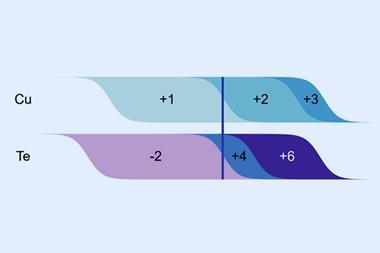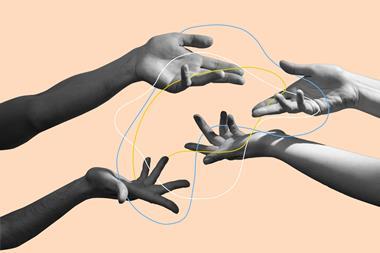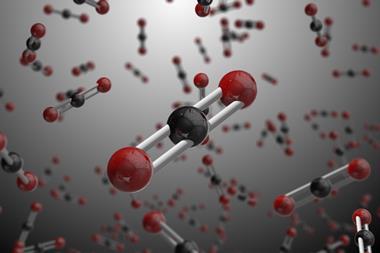New mechanistic studies have uncovered the role of salts and additives in the formation of active species in nickel-catalysed reactions. These results address ‘a fundamental gap in knowledge’, according to Eva Hevia, an expert in organometallic chemistry at the University of Bern, Switzerland, who wasn’t involved in the study. ‘Such fundamental understanding will lead to new discoveries in nickel catalysis.’
‘We’ve discovered that common reagents and additives, previously deemed innocent, play a key role in controlling the behaviour of nickel complexes as catalysts,’ explains lead author Rubén Martín from the Institute of Chemical Research of Catalonia. The team observed that some salts, including nickel halides, favoured the formation of nickel(II) compounds, which were undesirable for relevant reactions – among them reductive cross couplings. ‘Catalysis is very complex, and many components are interconnected, which makes them difficult to fully understand,’ adds Martín. ‘In certain cases, additives interact with the nickel catalyst to form new nickel species with different properties.’
To reveal the mysterious mechanisms of nickel catalysis, researchers used a variety of experimental techniques. ‘Moreover, we used single crystal x-ray diffraction analyses to unambiguously confirm the structure of the nickel species,’ explains Martín. They also carried out DFT calculations to further investigate the interactions between the nickel catalytic complexes and the additives. In fact, it was computational chemistry that unveiled an effect known as ‘p-back donation’, deemed essential to enhance an electron transfer reaction called comproportionation, which favours the formation of nickel(I) cations.
In electron transfer events, at least two metal species undergo a redox process and change their oxidation state – alongside their properties and reactivity. In comproportionation reactions, two cations with different oxidation states converge into a unique, intermediate species, whereas the reverse happens in disproportionation reactions. ‘[The study] elegantly establishes that nickel(II) halides easily undergo comproportionation reactions with nickel(0) species to form highly reactive nickel(I),’ says Hevia. ‘Far from being mere spectators, these [halide] salts affect the speciation of nickel complexes, favouring the formation of more reactive intermediates,’ she adds.
Other compounds including pseudohalides – pivalate, benzoate and phenoxide anions – prompt disproportionation and deactivate the catalysts. However, these species could catalyse other transformations. ‘Typically, lower oxidation state metal complexes promote oxidative addition reactions, while higher oxidation state metal complexes [catalyse] the reverse reaction of reductive elimination,’ explains Martín.
‘This [work] provides a rational understanding over the choice of nickel precursors for catalytic transformations,’ Hevia notes. ‘Inorganic salts are commonly used as additives … but their active role still remain[ed] a black box.’ According to Hevia, redox versatility is a ‘trademark’ of nickel catalysts, which allows unique reactivities unreachable to other metals, such as the cleavage of carbon–oxygen bonds and characteristic ‘chain-walking’ arylations. And, until now, ‘there wasn’t a clear understanding on how electron transfer processes took place’, she says.
The development of design-focused approaches, based on the deep understanding of molecular mechanisms, could complement time-consuming exploratory experimental techniques, including high-throughput screening. ‘Although screening is important for discovery … it’s impossible to analyse every possible combination,’ says Martín. ‘These results could translate to any reaction involving nickel-catalysts, such as those used in the polymerisation of ethylene for plastic production or others,’ he adds. ‘We believe these understandings of fundamental reactions will be broadly applicable to rational reaction design.’
References
CS Day et al, Nat. Catal., 2023, 6, 244 (DOI: 10.1038/s41929-023-00925-4).












No comments yet